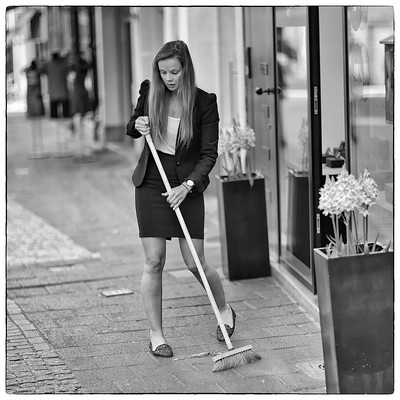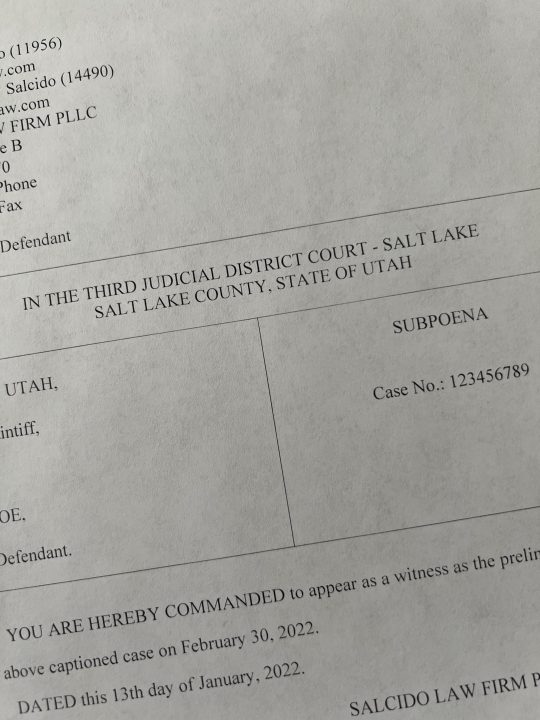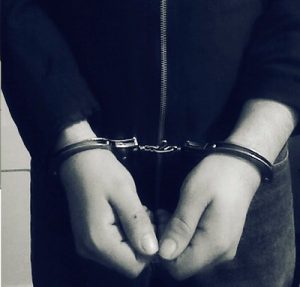State v. Vialpando
The Utah Court of Appeals decided a DUI case entitled State v. Vialpando in 2004. In that case the court set forth some standards that apply to the admissibility of intoxilyzer breathtest results.
First, the state has the burden to show that the intoxilyzer machine’s results are “reliable” and it can do that by presenting evidence of the following: (1) the intoxilyzer machine had been properly checked by a trained technician, and that the machine was in proper working condition at the time of the test; (2) the test was administered correctly by a qualified operator; and (3) a police officer observed the defendant during the fifteen minutes immediately preceding the test to ensure that the defendant introduced nothing into his or her mouth during that time.
In regards to the first prong, the state usually presents an affidavit showing when the last time the machine was checked and working properly. Most law enforcement agencies have a trained technician check the machine and sign an affidavit once a month.
With regards to the second prong, the state can satisfy this evidentiary standard by providing evidence that the law enforcement officer has the proper certification to operate the intoxilyzer machine. This can simply be a copy of the certification or of having completed the training.
How is the Observation Period Satisifed?
Utah law requires that a DUI suspect be observed by law enforcement for 15 minutes before taking an intoxilyzer test to ensure that the suspect does not burp, vomit, or otherwise have anything go into his mouth so as not to taint the intoxilyzer results.
In Vialpando, the trooper testified that he arrested Vialpando after Vialpando failed a series of field sobriety tests. Vialpando consented to take an intoxilyzer test and on their way to the station Vialpando vomited. When he finished vomiting the trooper checked Vialpando’s mouth with a flashlight to make sure he didn’t have anything in his mouth. He then began the 15 minute observation period and 1:45 a.m. and then performed the breathalyzer test at 2:00 a.m.
Vialpando attacked the quality of the trooper’s observation. The court disagreed and laid down the following rule: “We do not believe that this requires the undivided attention of the observing officer. Instead, ‘the level of surveillance must be such as could reasonably be expected to’ ensure that no alcohol has been introduced into the suspect’s mouth, ‘from the outside or by belching or regurgitation,’ during the entire observation period. The purpose of the observation period is satisfied if (1) the suspect was in the officer’s presence for the entire period; (2) it is clear that the suspect had no opportunity to ingest or regurgitate anything during the minimum observation period; and (3) nothing impeded the officer’s powers of observations during the observation period.”
More questions about intoxilyzer results? Give us a call at 801.618.1334.




